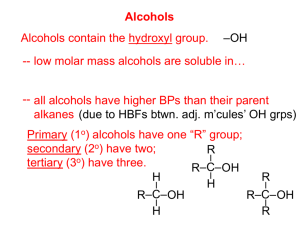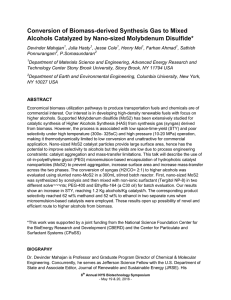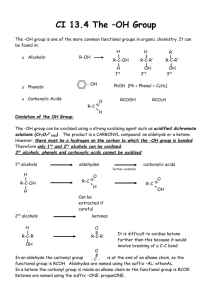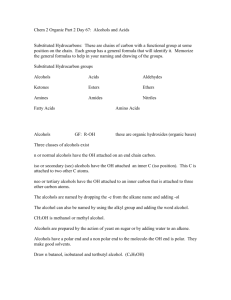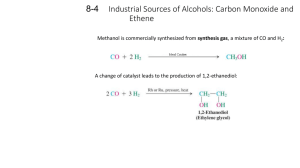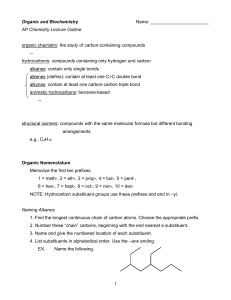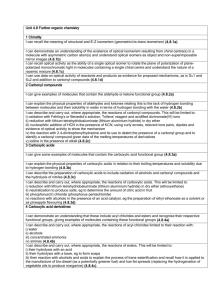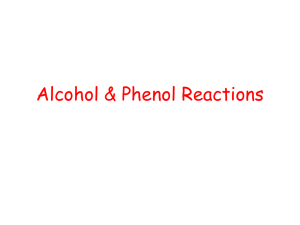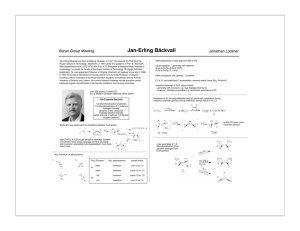030715114450Fenanoparticlessupportedongraphene
advertisement
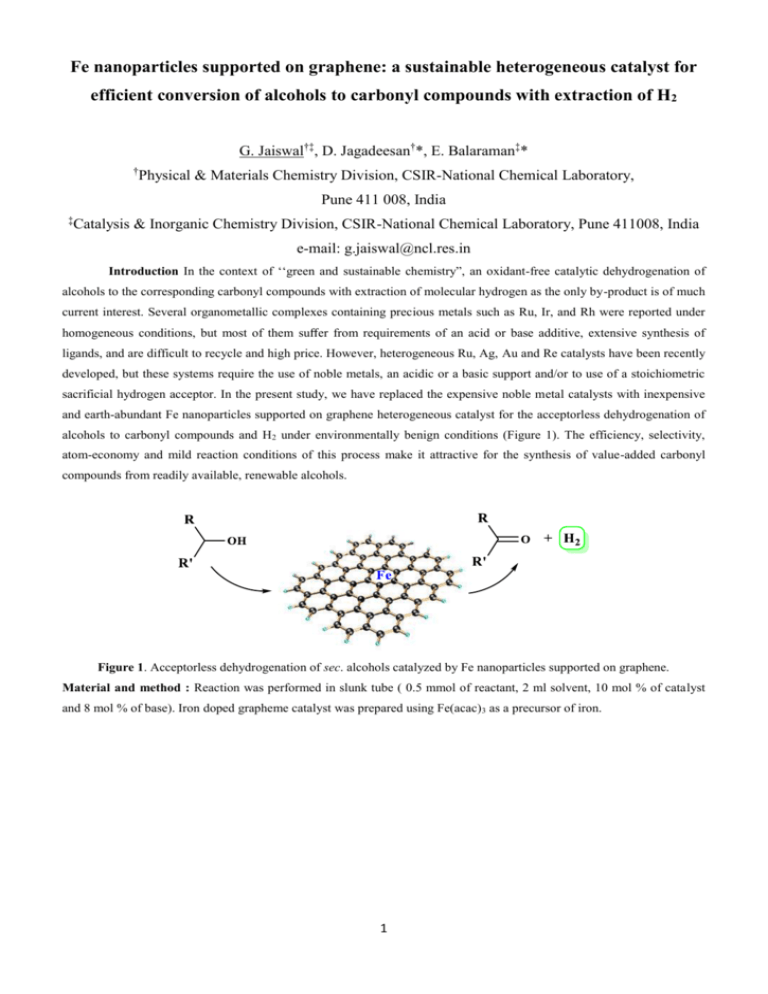
Fe nanoparticles supported on graphene: a sustainable heterogeneous catalyst for efficient conversion of alcohols to carbonyl compounds with extraction of H2 G. Jaiswal†‡, D. Jagadeesan†*, E. Balaraman‡* † Physical & Materials Chemistry Division, CSIR-National Chemical Laboratory, Pune 411 008, India ‡ Catalysis & Inorganic Chemistry Division, CSIR-National Chemical Laboratory, Pune 411008, India e-mail: g.jaiswal@ncl.res.in Introduction In the context of ‘‘green and sustainable chemistry”, an oxidant-free catalytic dehydrogenation of alcohols to the corresponding carbonyl compounds with extraction of molecular hydrogen as the only by-product is of much current interest. Several organometallic complexes containing precious metals such as Ru, Ir, and Rh were reported under homogeneous conditions, but most of them suffer from requirements of an acid or base additive, extensive synthesis of ligands, and are difficult to recycle and high price. However, heterogeneous Ru, Ag, Au and Re catalysts have been recently developed, but these systems require the use of noble metals, an acidic or a basic support and/or to use of a stoichiometric sacrificial hydrogen acceptor. In the present study, we have replaced the expensive noble metal catalysts with inexpensive and earth-abundant Fe nanoparticles supported on graphene heterogeneous catalyst for the acceptorless dehydrogenation of alcohols to carbonyl compounds and H2 under environmentally benign conditions (Figure 1). The efficiency, selectivity, atom-economy and mild reaction conditions of this process make it attractive for the synthesis of value-added carbonyl compounds from readily available, renewable alcohols. Figure 1. Acceptorless dehydrogenation of sec. alcohols catalyzed by Fe nanoparticles supported on graphene. Material and method : Reaction was performed in slunk tube ( 0.5 mmol of reactant, 2 ml solvent, 10 mol % of catalyst and 8 mol % of base). Iron doped grapheme catalyst was prepared using Fe(acac)3 as a precursor of iron. 1 Figure 2 . a) XRD pattern of FeNG showing Fe2O3, Fe3O4, Fe7C3, Fe3N and graphite b) TEM image showing the graphene sheets and Fe-rich nanoparticles supported on them Significant Results and Discussion : We have synthesized efficient and magnetically separable heterogeneous catalyst for the dehydrogenation of alcohols to give aldehyde and ketones.This methodology can be employed for the synthesis of various carbonyl compounds, including primary alcohols, Secondary aromatic alcohols, Secondary aliphatic alcohols and heteroatom containing alcohols. 4. Conclusions we have synthesized iron nanopartile doped magnetically seperable grapheme catalyst for the dehydrogenation of alcohols to give aldehydes, ketone and lactum. References : [1] C. Gunanathan, D. Milstein, Science, 2013, 341, 1229712. [2] W. D. Jones and co-workers , ACS Catal. 2014, 4, 3994 2

